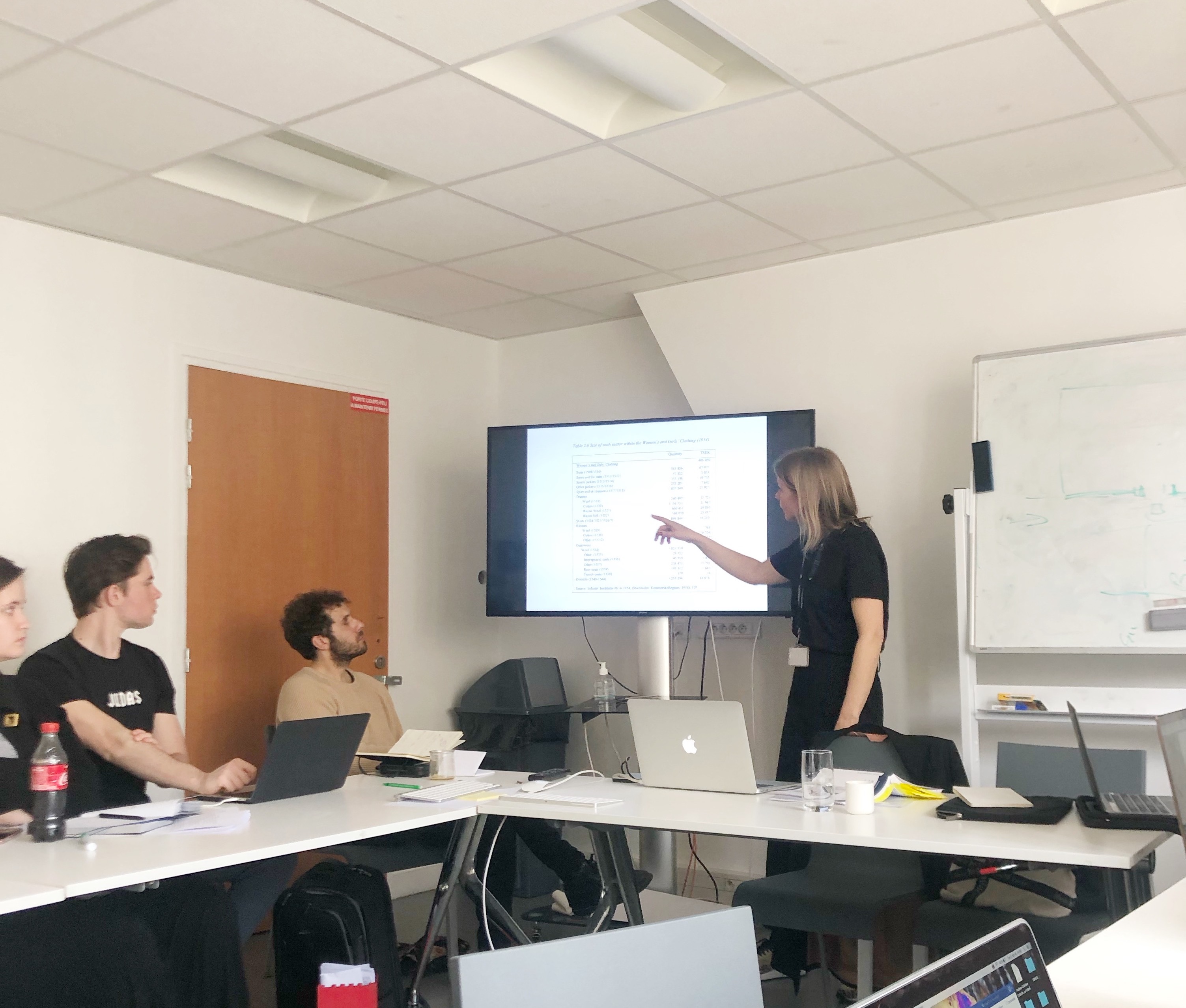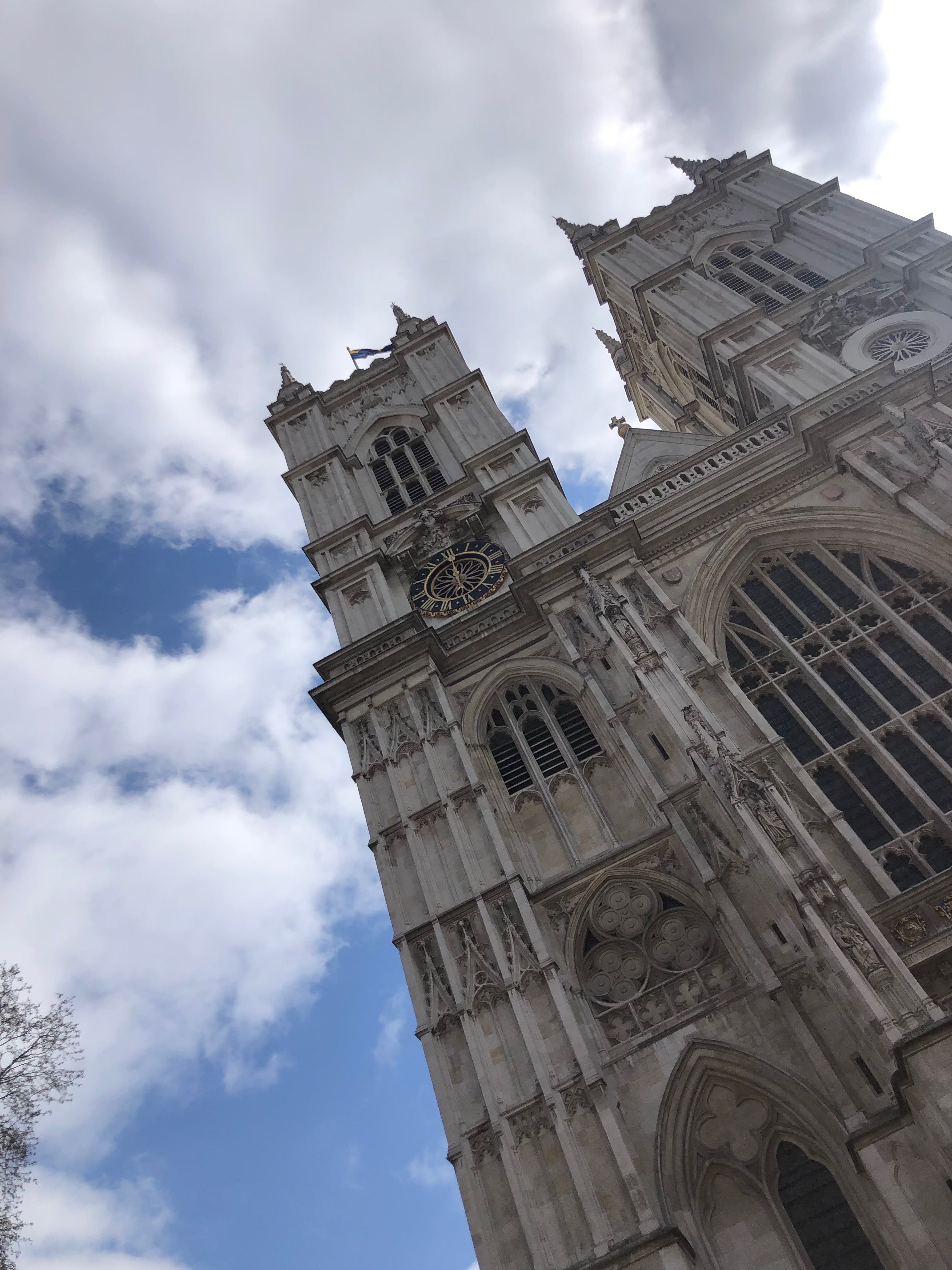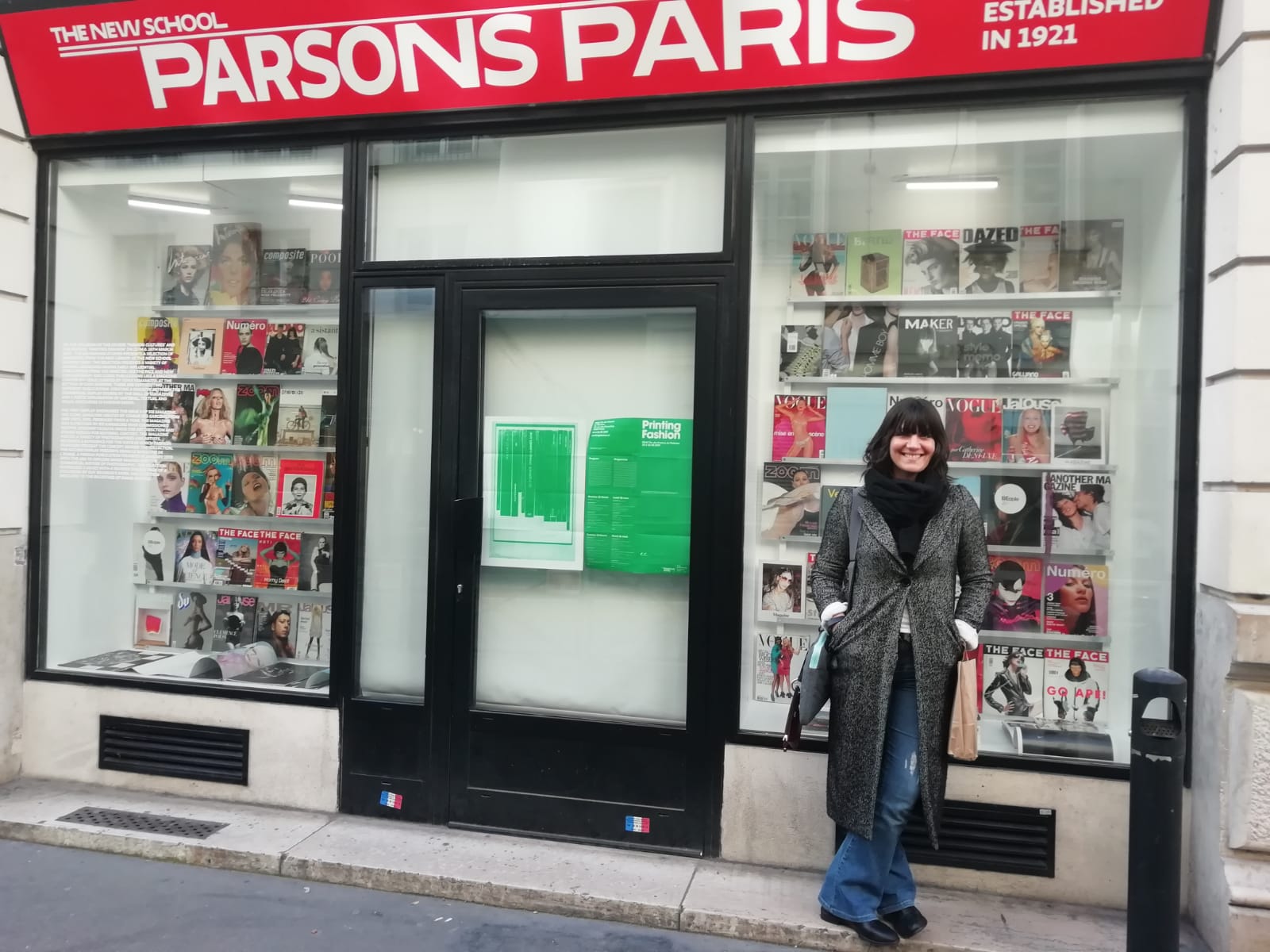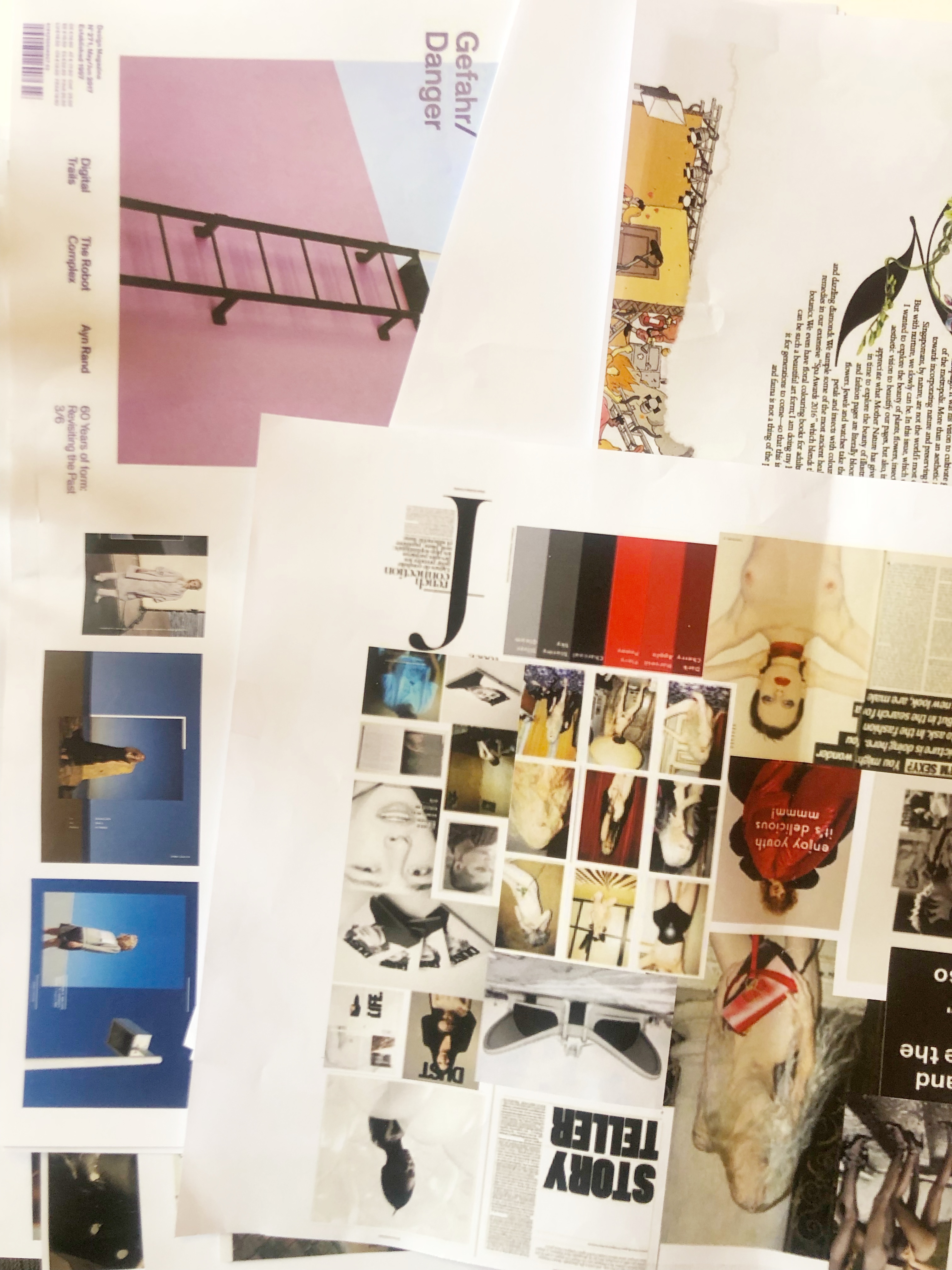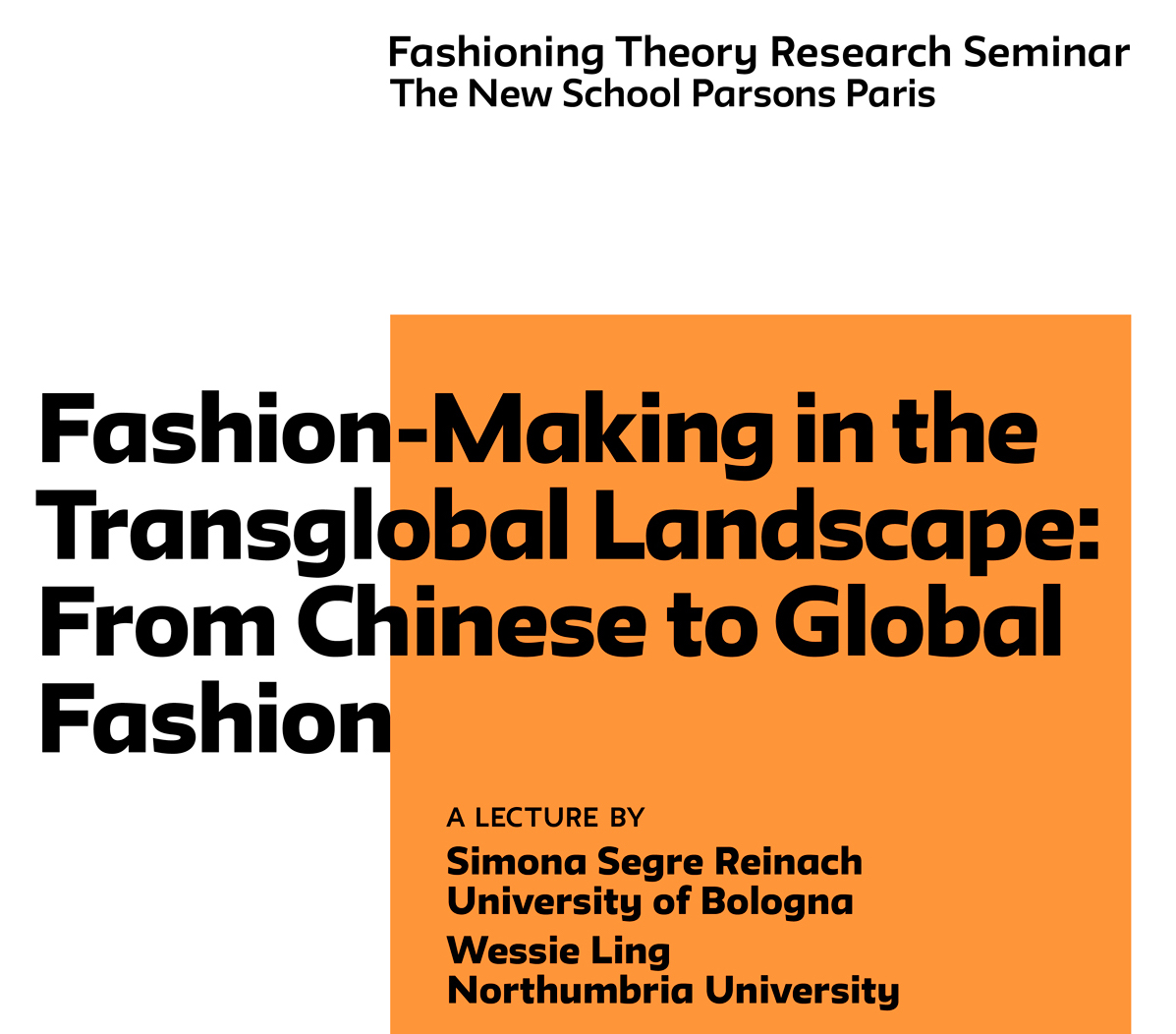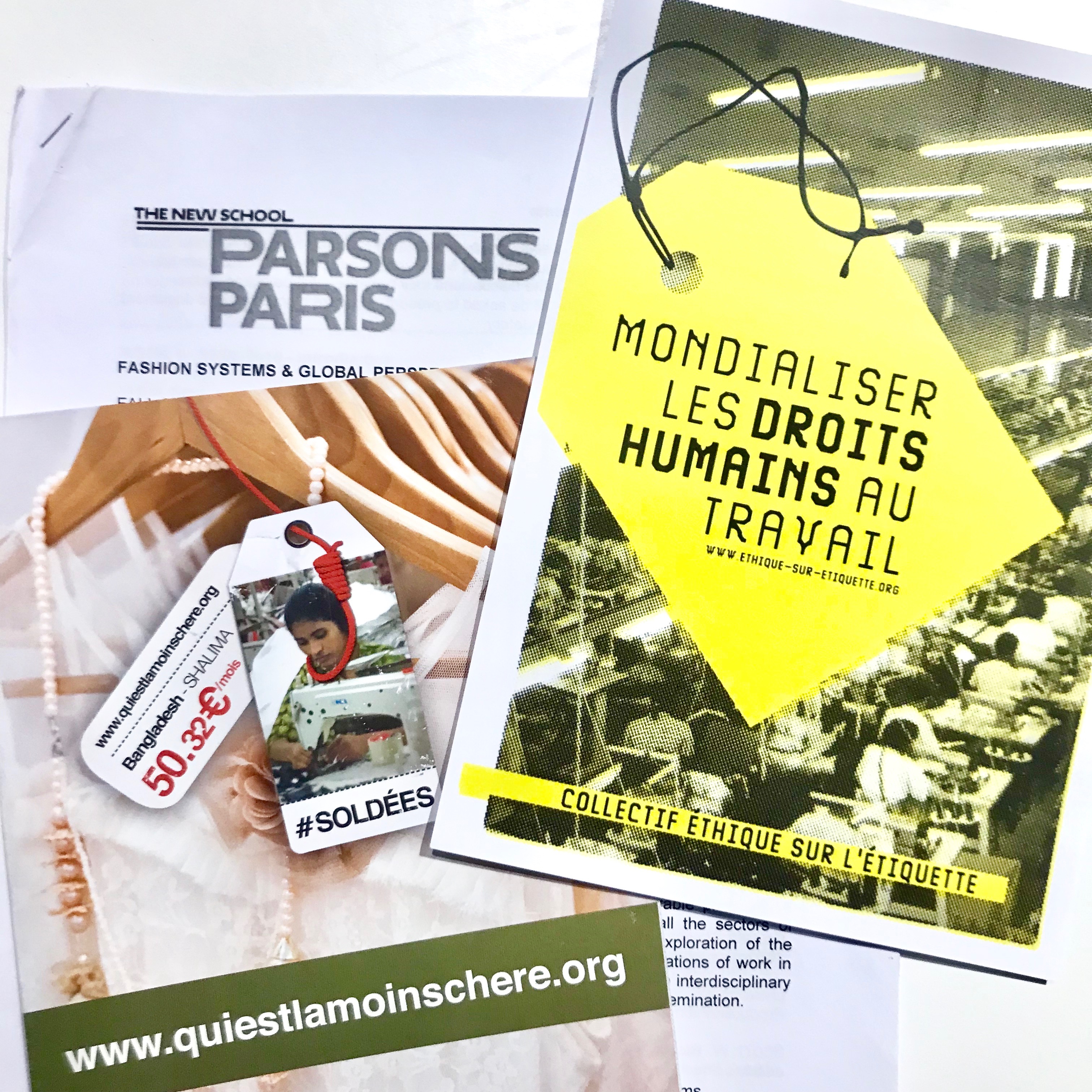
Refuge Wear – Habitent 1992
On the 23rd of November 2016, the artist and designer Lucy Orta talked to the students of the course ‘Fashion System & Global Perspectives’, concluding with a question-and-answer session. During her speech, Orta explained her trajectory from working for Haute Couture houses in Paris to explore further the potential of fashion design as a political statement. Orta began her experimental practice in 1992 founding the Orta Studio, with Jorge Orta (https://www.studio-orta.com/en). Since the 90s, she has been instrumental in the discussion of the crisis of refugees and migration, bridging in her practice the field of fashion, architecture and art.
Working on issues like migration, refugees and displacement, Orta has been developing, through these years, series of thematic work like, for example, Refuge Wear (1992-8), a dual response to global crisis: the humanitarian aid appeals for shelter and clothing for the Kurd refugees fleeing the war zones, and the increasing numbers of homeless people on the streets of Paris. Another initial work was Habitent (1992), a portable habitat designed for basic personal comfort and urgent mobility for nomadic populations. Habitent implies a garment for meditation and spiritual refuge, suggesting a human presence as an occupant for the dwelling. The transformation from shelter to clothing and vice versa is fundamental to the concept of freedom of movement, free will or choice, new relationships and new cultural exchanges.
The last projects presented were Body Architecture (1992-1998), Nexus Architecture (1994-2004) where Orta mixed fashion design and performance creating structures of humans linked by networked-clothing. These sculptural work investigates the boundaries between the body and architecture, exploring their common social factors, communication and identity.
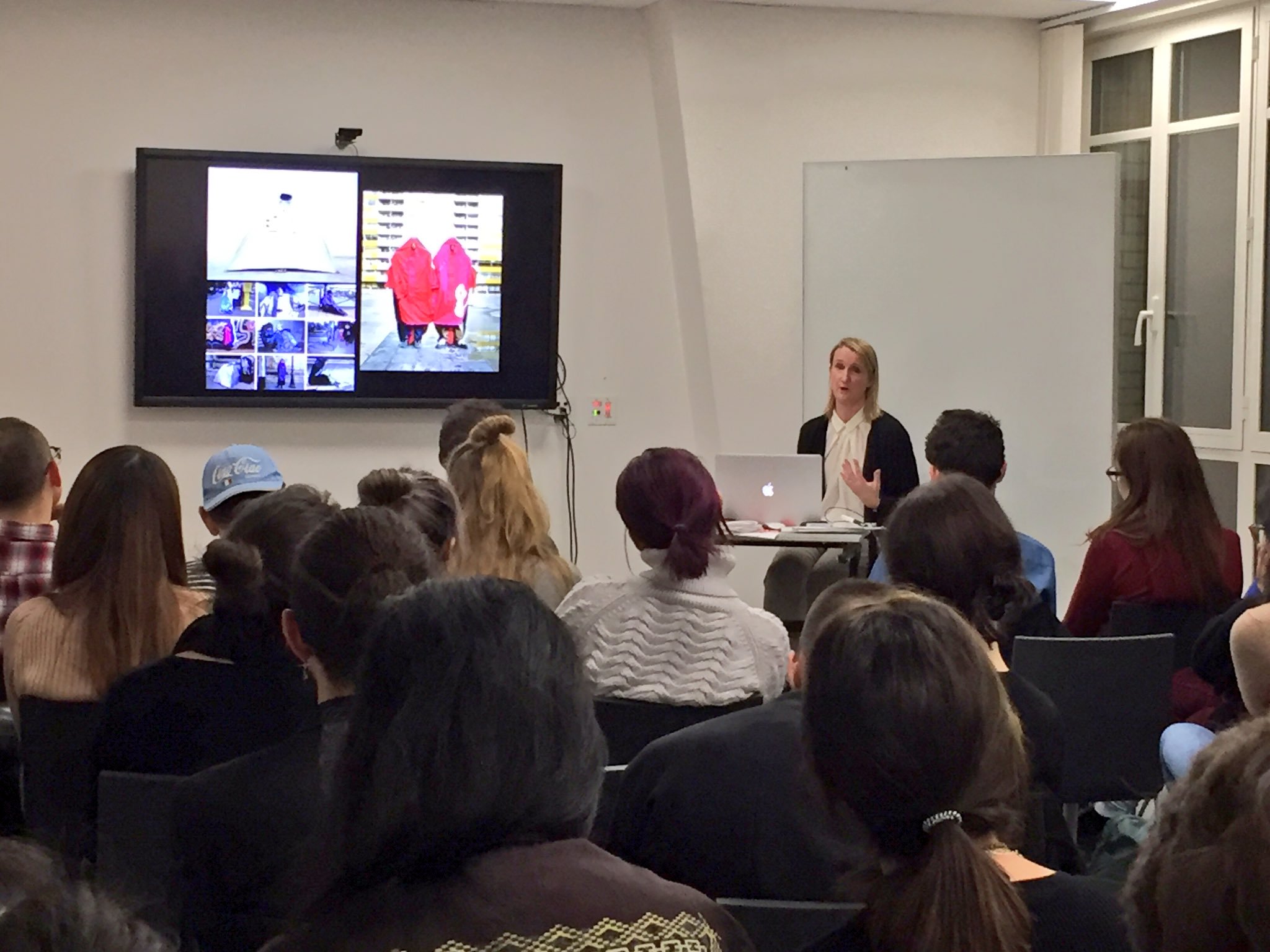
___________
Text: Kirsten Wang, MA Fashion Studies Student 2016-2018





